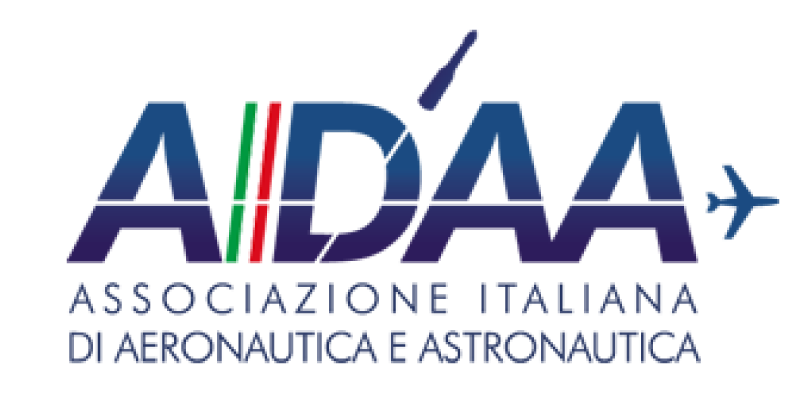The first PHD day of European students in Aerospace Engineering: a network of young researchers in Europe.
The first PhD day of European students in Aerospace Engineering is organised by AIDAA, the Italian Association of Aeronautics and Astronautics.
AIDAA was founded in 1920 after the first world war by scientists and high officers of Italian Army and Air Force with the aim of promoting research, meetings, exchange of information, with the final goal of promoting the civil air transport in peace time. After a century from the foundation, AIDAA wishes to celebrate its centennial by collecting together the PhD students in Aerospace engineering from Universities and research centres of Europe, for the first time.
The PhD students will have the possibility to share their activities to all the colleagues in Europe and, thus, to create a net of European young researchers. Moreover, it will be possible to have a complete overview of the whole research activities in Aerospace in Europe.
The participants will become members of A.I.D.A.A. in the years 2021 and 2022; as members of AIDAA, they can receive free of charge the articles published on Aerotecnica Missili e Spazio (ATMS), edited by Springer Nature, along the period of membership. ATMS was founded in 1920 as the Journal of AIDAA and the first issue of 2021 will be published in the volume #100. A special issue of ATMS could be dedicated to the papers which the participants to the PhD day 2021 would submit to the Journal, according to the Springer standards of the Journal itself.
Organization
The first PhD days will start on February 15th, 2021. This is the date of birth of Galileo Galilei, the father of modern science and AIDAA wishes to celebrate this giant when organizing the first workshop of the European PhD students in Aerospace.
The presentations will be given in a web-conference format and will begin with a brief overview (e.g. 10 minutes), followed by discussion and questions. The presentations will be short enough to allow all the participants:
- to show brief information on University and Department;
- to present the background of the research and connections, if any, with the general goals of Europe on Aerospace;
- to discuss on the methodologies used, avoiding too technical details;
- to present the results obtained or expected;
- to propose future developments and possible requests of collaborations.
The presentations will be collected and, at the end of the workshop, will be shared open access, so allowing the participants, if they agree, to disseminate their activities worldwide.
The workshop is open to all the European PhD students and also the PhDs who got their doctorate after January 1st, 2019.
Participation Fees
The participation fee is 80 € to be paid by credit card, paypal or bank transfer to AIDAA Rome, Italy.
Bank transfer data:
AIDAA Rome, Italy
IBAN: IT83F0200805164000005064973
BIC/SWIFT: UNCRITM1B57














